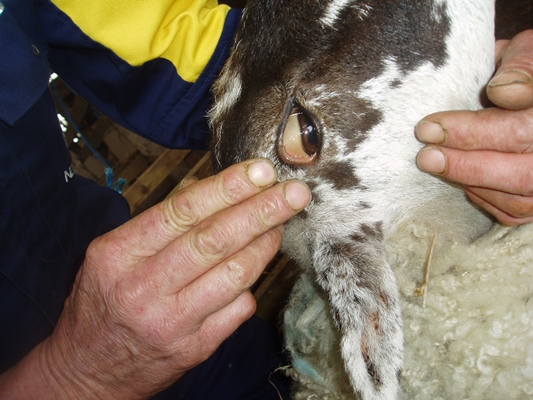Copper: Know Your Limits!
30 September 2019Trace elements play an important role in livestock nutrition and contribute significantly towards health, immunity, growth, fertility and lactation. The functions of many hormones and enzymes are depended on trace elements and therefore they are essential for normal body function. However, care must be taken to ensure that supplementation overcomes any deficiencies in forage but at the same time, the risk of toxicity and exceeding legal limits must be avoided.
Dietary trace element levels are governed by EU legislation and maximum permitted levels exist to protect both animal and human health. Of all the trace elements, copper receives the most attention with regard to toxicity, especially in dairy cows and sheep. In chronic toxicity cases, there is an accumulation of copper over a prolonged period of time, as a result of the nutritional provision exceeding the animal’s requirements. This can lead to subclinical liver degeneration causing damage to the liver cells. Unfortunately this can occur before there any visible sign of toxicity, due to the liver being very resilient.
EU Regulations
In 2018 the EU regulations of the maximum permitted level of copper in a complete feed were changed (sheep and youngstock remained the same) to the following:
| Animal | Old maximum permitted level. Fresh weight (dry matter shown in brackets) mg/kg | New maximum permitted level. Fresh weight (dry matter shown in brackets) mg/kg |
|---|---|---|
| Cattle (beef and dairy) | 35 (40) | 30 (34) |
| Calves pre rumination (beef and dairy) | 15 (17) | 15 (17) |
| Sheep | 15 (17) | 15 (17) |
| Goats | 25 (27.5) | 35 (40) |
These levels are considered to be the maximum tolerable level in the diet. Due to concerns of copper toxicity, the Agricultural Industries Confederation suggest that under normal conditions, and in the absence of significant antagonists (e.g. molybdenum, sulphur & iron), total copper in the total ration for cattle should typically be 20mg/kg dry matter.
It is the responsibility of the farmer and those advising, that the legal maximum levels as described are adhered to, but the total dietary supply of each element is not always easy to determine. All sources must be taken in to account and include forage, concentrate feed, water supply and mineral supplements in the form of powdered minerals, molassed buckets, feed blocks, boluses and drenches. Individually these sources may not exceed the maximum permitted level but in combination the total may be in excess.
Therefore undertaking a mineral audit is something worth doing. In addition, to get an overall picture of current copper status blood tests are not sufficient as copper is stored in the animals liver. This can be obtained by liver biopsy carried out by your vet or using the liver from cull animals or neonatal deaths.
Mary Young, mary.young@sac.co.uk
Sign up to the FAS newsletter
Receive updates on news, events and publications from Scotland’s Farm Advisory Service

